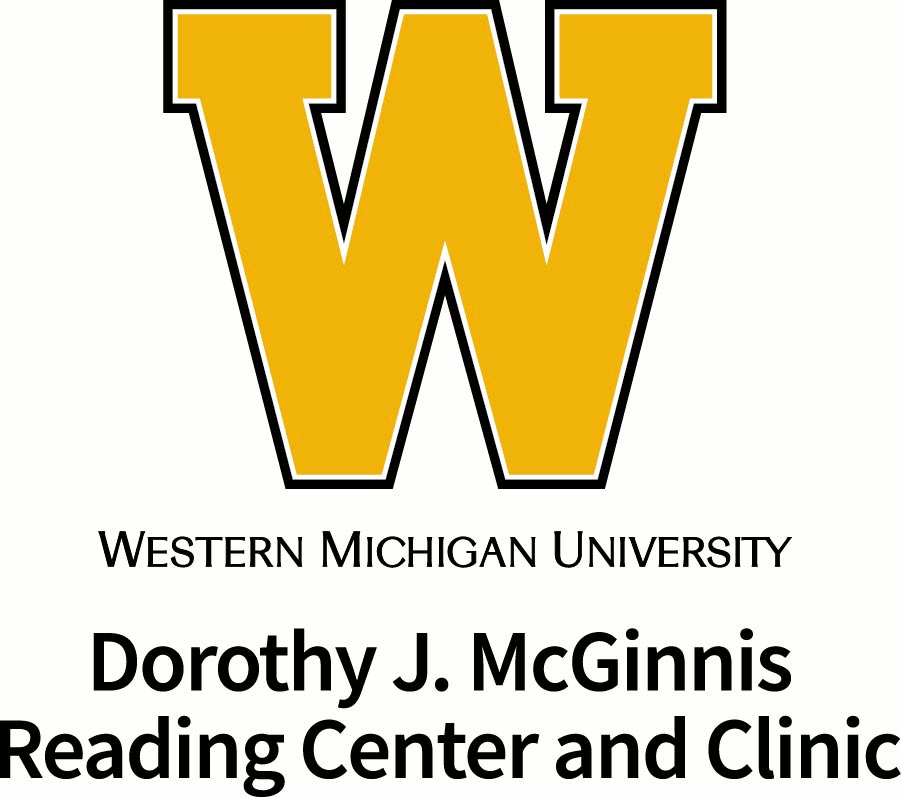Publication Date
4-1-1992
Abstract
Whole language is sweeping the country. It has been described as part of a "revolution in teaching and learning" (Hiebert and Fisher, 1990), "an exciting grass-roots teacher movement that is changing curricula around the world" (Watson, 1989), and "the newest manifestation of progressive education" (Veatch, 1991). Several factors help provide evidence for its impact. First, approximately five percent of elementary teachers nationwide are using aspects of whole language and more are becoming users daily (O'Neil, 1989). Second, twenty-three states have literacy programs centered upon the use of literature (Cullinan, 1989). Third, membership in the Teaching About Whole Language Umbrella, a network for whole language groups, is numbered at 20,000 (D. Watson, personal communication, 1990). Whole language is clearly the classroom innovation of choice for many teachers in the 1990s.
Recommended Citation
Moss, B. (1992). Planning Effective Whole Language Staff Development Programs: A Guide for Staff Developers. Reading Horizons: A Journal of Literacy and Language Arts, 32 (4). Retrieved from https://scholarworks.wmich.edu/reading_horizons/vol32/iss4/5

